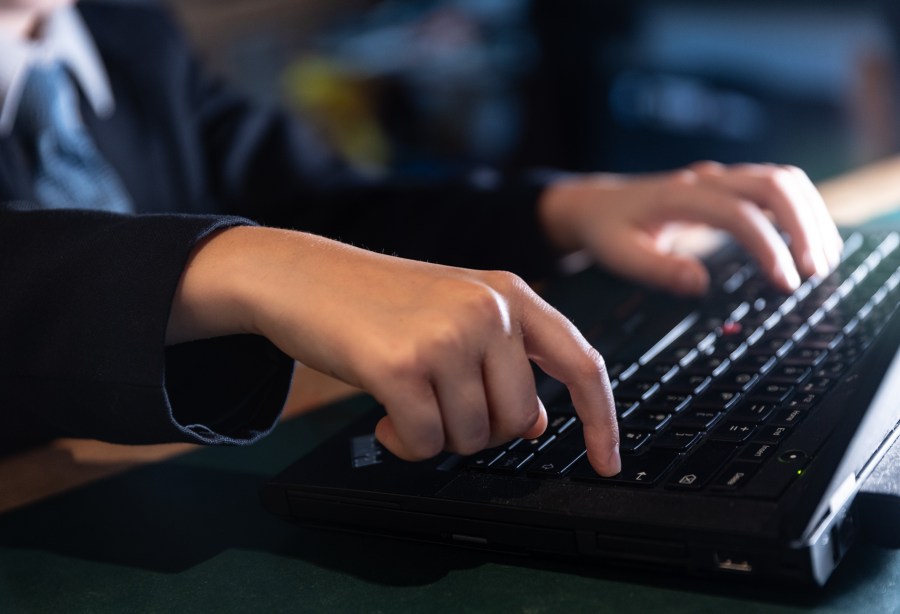HONOLULU (KHON2) — Independent schools in Hawaiʻi have long been a place where students gain advantages and develop skills that make them community leaders.
This is not to say public schools don’t do this, but this is an article about independent schools.
There are 129 private and independent schools in Hawaiʻi. Before the COVID pandemic, Hawaiʻi had 100. After the pandemic. the Hawaiʻi Association for Independent Schools (HAIS) got lots of applications for new school; but only 29 of those applications became schools that continue to operate today.
To learn more about HAIS, KHON2.com sat down to talk story with Philip Bossert who is the Executive Director of HAIS and the Hawaiʻi Council of Private Schools.
He was able to share his insights on the substantial growth and distinct characteristics of private education in our state.
HAIS was established in 1969. It began with about 20 private schools and has now expanded to 129 schools across all the islands; this includes parochial schools.
“Initially, it was just a group of schools getting together to share the cost of bringing speakers to Hawaiʻi, finding a person to represent them at the legislature and things like that.,” explained Bossert”
In the 1990s, HAIS partnered with the Western accrediting association to handle the logistical aspects of accrediting K-12 schools in Hawaiʻi. This partnership was followed by a significant shift in 1996 when the Department of Education for the State of Hawaiʻi delegated the licensing of private schools to HAIS.
This ensured compliance with the state’s health and safety regulations, according Bossert.
Discussing the popularity of private schools, Bossert noted the unique situation in Hawaiʻi, where 15-17% of K-12 students attend private schools. This is compared to the national average of about 8%.
He attributed this trend to historical factors and the influence of missionary-established schools, such as Punahou, Kamehameha schools and ʻIolani.
“And maybe those schools stood out, especially when the missionaries also closed the Hawaiian public schools, which was unfortunate,” Bossert added, reflecting on the historical context that shaped the educational landscape.
Addressing potential concerns from parents considering private education, Bossert emphasized the importance of matching a school to a child’s learning style and needs rather than focusing solely on the prestige of the institution.
He pointed out that while there are many excellent public schools, private schools offer diverse approaches to learning and often have more resources.
In choosing a school for your keiki, Bossert highlighted the flexibility and variety in private education that HAIS has to offer and offered a couple of things to ask yourself before embarking on switching your keiki to a private or independent school.
“First and foremost, ask is your child happy in a public school,” said Bossert. Are there some of the extracurricular things that private schools sometimes offer that aren’t as available in some of the public schools that makes a difference sometimes.”
The impact of the COVID-19 pandemic on private schools was significant, with nearly all private schools closing during the initial outbreak.
However, most private schools decided to reopen sooner than public schools, responding to the needs of parents and adapting quickly to new safety protocols.
Bossert explained the proactive measures taken by HAIS to support their schools during the pandemic.
“We had a daily update that our office ran, and we basically were in our office, which is pretty small with only five people,” said Bossert. “But we were all researching what’s happening at the federal level, the state level, the county level with respect to the new regulations and the new advice and the new medical stuff coming out of the like.”
Looking ahead, Bossert highlighted the community engagement initiatives by HAIS, including an annual free education fair and the Hawaiʻi Schools of the Future Conference. This conference brings together public and private school teachers to share innovative educational ideas.
These events are pivotal in fostering dialogue and collaboration across different types of schools in Hawaiʻi.
One of the most important aspects of private school that Bossert discussed is the use of financial aid to ensure that a diverse cross-section of Hawaiʻi’s population are represented in HAIS schools.
“Almost every single private school has financial aid,” explained Bossert. “So, you look at the price tag, say to go to a school like Punahou which gets up close to $30,000 a year, but more than half of their students are on financial aid. That’s true of almost all of our schools. The schools try to meet the financial needs of the students.”
He explained that these schools take giving local keiki as much opportunity to join as possible.
“The schools fill out the federal financial aid forms that say how much a parent should be able to provide of their own money; and then, they try to meet the difference,” explained Bossert. “So, it is it is possible with the financial aid for almost anyone to attend a private school.”
That is why the Punahou and Iolani fairs are so important to the students each year. The monies raised are used to provide financial support for students who want to attend.
Bossert was able to shed a great deal of light onto HAIS and the intricate network and historical depth of private schooling in Hawaiʻi.
He also underscored the adaptive and community-focused nature of these institutions, particularly in response to unprecedented challenges like the COVID-19 pandemic.
